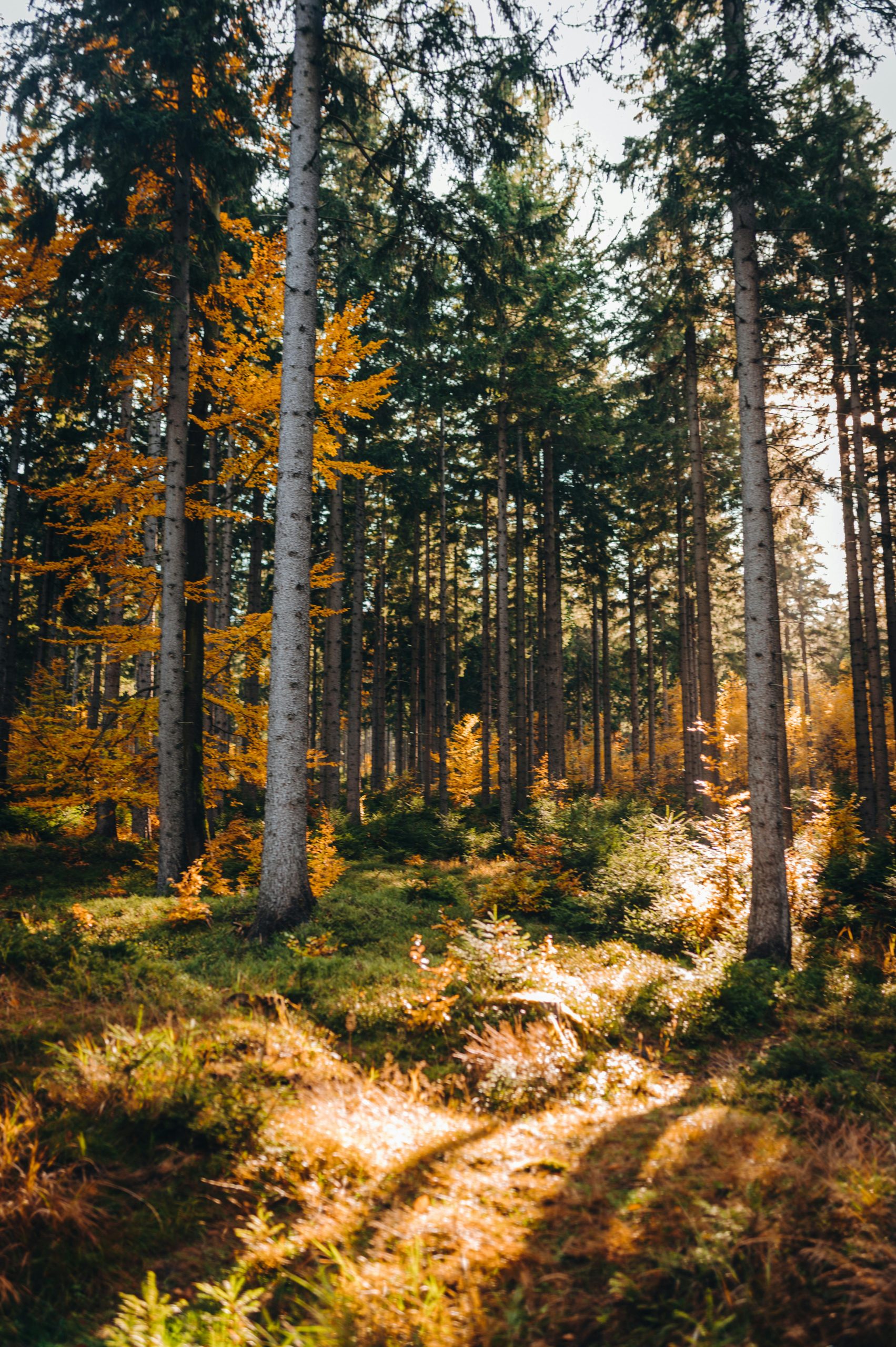The Vital Role of Trees: Nature’s Oxygen Factories
Have you ever stopped to consider how essential trees are to our environment? One of their most remarkable functions is their ability to absorb carbon dioxide (CO2) while simultaneously releasing oxygen. This natural process underlines the crucial role trees play in sustaining life on Earth.
How Trees Improve Our Air Quality
Trees are often referred to as the lungs of our planet. Through a process known as photosynthesis, they take in CO2 from the atmosphere and convert it into oxygen, which is vital for nearly all living organisms. This exchange plays a critical role in maintaining the balance of gases in our atmosphere, making trees essential to our ecological health.
The Cycle of Life
As trees absorb CO2, they help mitigate the impacts of climate change by decreasing the amount of this greenhouse gas in the atmosphere. In return, they release oxygen that we rely on for breathing. This beautiful cycle highlights the interconnectedness of life within our ecosystems.
Why Every Tree Counts
With increasing urbanization and deforestation, the number of trees on our planet is declining. This loss not only impacts air quality but also disrupts local habitats and contributes to global warming. By recognizing the importance of trees and advocating for their preservation and regeneration, we can help ensure a healthier planet for future generations.
In summary, trees not only beautify our surroundings but play a fundamental role in supporting life by absorbing CO2 and producing oxygen. Let’s appreciate and protect these vital organisms that contribute so much to our world!




Yes, trees do indeed absorb carbon dioxide (CO2) and produce oxygen through the process of photosynthesis, but there’s much more to this interaction that impacts our environment and climate than simply that function. Understanding the nuances of how trees contribute to carbon sequestration and oxygen production can provide valuable insights into their vital role in ecological health and climate action.
The Photosynthesis Process
During photosynthesis, trees take in CO2 from the atmosphere through small openings in their leaves called stomata. They then use sunlight to convert this CO2 along with water into glucose, a form of energy that fuels their growth. As a byproduct of this process, oxygen is released back into the atmosphere, which is essential for the survival of many life forms on Earth, including humans.
Carbon Sequestration
While photosynthesis captures CO2, trees also help mitigate climate change by sequestering carbon. When trees grow, they store carbon in their biomass—trunks, branches, leaves, and roots. Some estimates suggest a single mature tree can absorb roughly 48 pounds of CO2 annually. Therefore, protecting existing forests and planting new trees are critical strategies in efforts to combat rising global CO2 levels.
The Role of Forests
Forests, in particular, serve as complex ecosystems that enhance this process. They provide habitats for a multitude of species, promote biodiversity, and stabilize soil, which further aids in carbon retention. Diverse forests with a mixture of trees are typically more resilient and efficient at storing carbon compared to monoculture plantations.
Practical Advice for Individuals
Tree Planting Initiatives: Participate in local tree-planting events. Many organizations have community initiatives to plant trees that aim to improve air quality and combat climate change.
Urban Greening: If you live in an urban area, consider advocating for or participating in urban greening projects. Planting trees in public spaces increases oxygen production, enhances aesthetics, and provides shade, thus improving urban air quality.
Sustainable Practices: Support sustainable forestry practices. Purchasing wood products certified by organizations like the Forest Stewardship Council (FSC) ensures that these materials come from sustainably managed forests.
Education and Awareness: Advocate for environmental education that emphasizes the importance of trees. Schools, community organizations, and local governments can create programs to raise awareness about the critical role trees play in our environment.
Gardening and Landscaping: Incorporate native trees and plants in